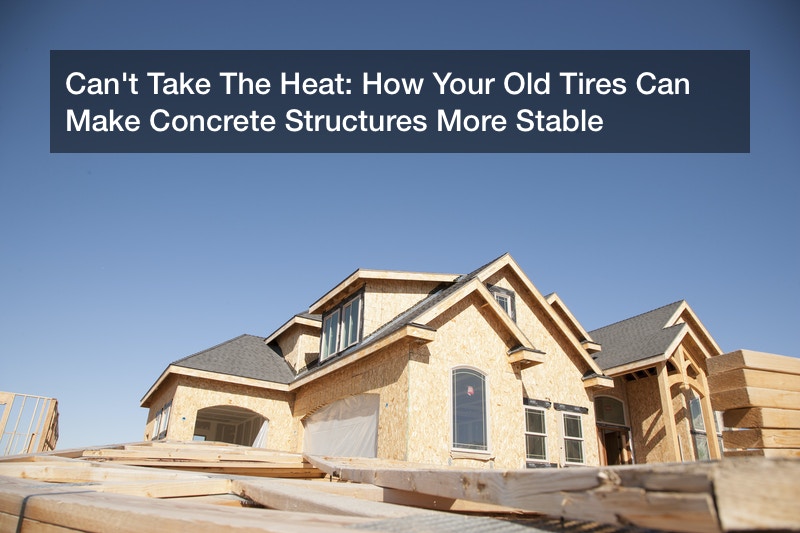
With a market share of about 10%, the U.S. is the second largest construction market worldwide. One of our preferred building materials? Concrete. We live in a world of concrete. As the most used manmade material in the world, concrete plays a major role in our buildings, bridges, and even comprises nearly 30% of this nation’s interstate highways. Because we are so dependent on concrete to survive and thrive, it must be incredibly durable; although the material does get stronger as it ages, it has one fatal flaw: spalling.
Weak Concrete
Spalling occurs when moisture penetrates the concrete mixture. When concrete is cured, it hardens into a rocklike mass; if carbon dioxide in the air mixes with alkalis in the concrete, cracks can appear that allow water to enter. If not repaired, spalling can eventually cause the crumbling and destruction of a structure.
Beyond structural damage, spalling exposes concrete to a very dangerous possibility. If water has gotten into the structure, it can actually cause the material to explode when exposed to high temperatures; as the moisture within boils and turns into steam, it can cause the concrete to break apart explosively. Ultimately, this supposedly fire-proof material becomes a literal ticking timebomb.
Reduce, Reuse, Recycle
To combat the likelihood of this occurrence (after all, fires are already deadly, they don’t need to be explosive as well), scientists have discovered that the addition of polypropylene fibers to concrete mixtures can prevent the volatile detonation. Polypropylene is a thermoplastic, meaning that it melts, rather than burns, when exposed to high temperatures. As the fibers melt in concrete, they create tiny passages that allow the powerful steam to escape, thus diffusing the situation.
“Because the fibers are so small, they don’t affect the strength or the stiffness of the concrete,” said Shan-Shan Huang, lead author of a paper on the study published in Fire Technology. “Their only job is to melt when heat becomes intense. Concrete is a brittle material, so will break out relatively easily without having these fibers help to reduce the pressure within the concrete.”
Unfortunately, polypropylene costs a lot of energy and resources to manufacture. In their attempt to find a more affordable and sustainable method of production, researchers discovered that the fiber cordage encased inside tire rubber could make an excellent replacement. Although they are still in the process of figuring out how to separate the fibers from the rubber, the future looks bright: if you’ve recently bought new tires, consider donating them to the cause.



